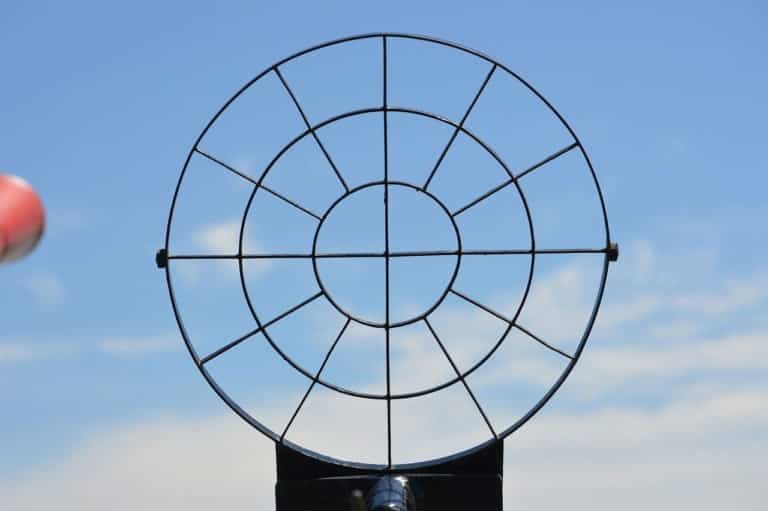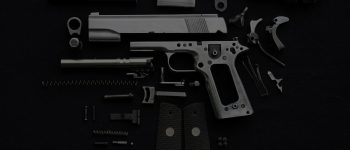Removing OEM Dovetail Sights
A traditional dovetail is tapered from one side to the other.
Skip Walters

One of the most frequent tasks of the Gunsmith is the removal and refitting of dovetail sights on handguns. In the past, removal of the original sights was accomplished with little effort. As with most things, this has changed with time.
A traditional dovetail is tapered from one side to the other (usually the right side of the dovetail slot is larger). With the handgun frame held firmly in non-marring vise jaws, a brass punch can be used to drive the sight out of position, facilitating its removal. This method fails on many of the currently manufactured semi-auto handguns. Installation is still accomplished as before, but removal has become much more difficult in many, but thankfully not all, cases.
In an effort to increase production quotas, dovetailed sight slots are not tapered. The dovetailed sight base is not tapered either. Manufacturers have found that they can force these sights into place using as much as 6 tons of pressure. They use an exactly fitted slide holder and sight holder. The CNC machining allows the parts to be made almost exactly alike. When the correct interference is achieved, the parts will fit together (without breaking) when enough pressure is exerted on the two mating parts. This creates great pressure between parts.
This means the original sights must be machined or ground out of their dovetails to install replacement sights. The usual method of using a brass punch is futile. The sight integrity must be reduced, thereby lessening the pressure between the sight and the dovetail in which it is mounted. This destroys the original sight, but prevents damage to the handgun.
I accomplish this with a small cut-off wheel mounted in an electric die grinder. With the slide firmly held in non-marring vise jaws, cut the sight from one side to the other, almost completely through the sight. Stop the cut about .010” from the bottom of the dovetail. This cut through the sight reduces the pressure enough to allow the traditional use of the brass punch for removal.
Once the original sights are removed, sight installation entails fitting the new sights in the standard method or that recommended by the sight manufacturer.




